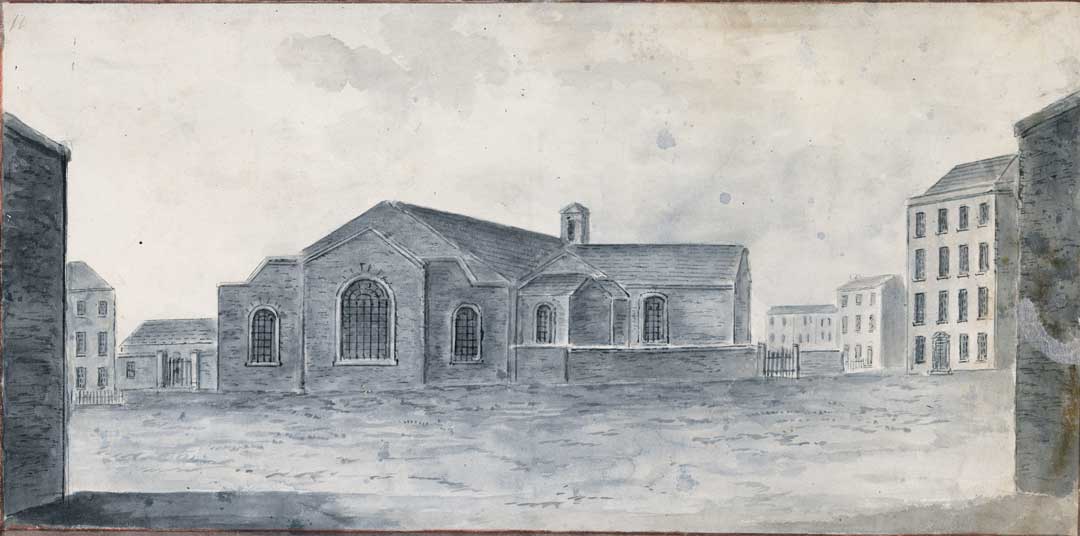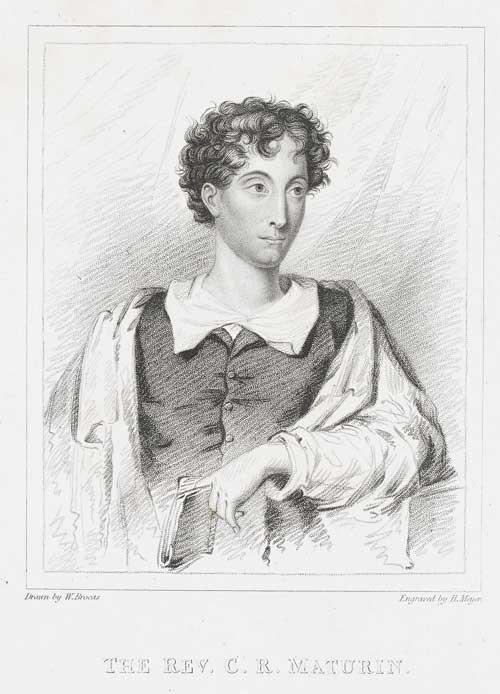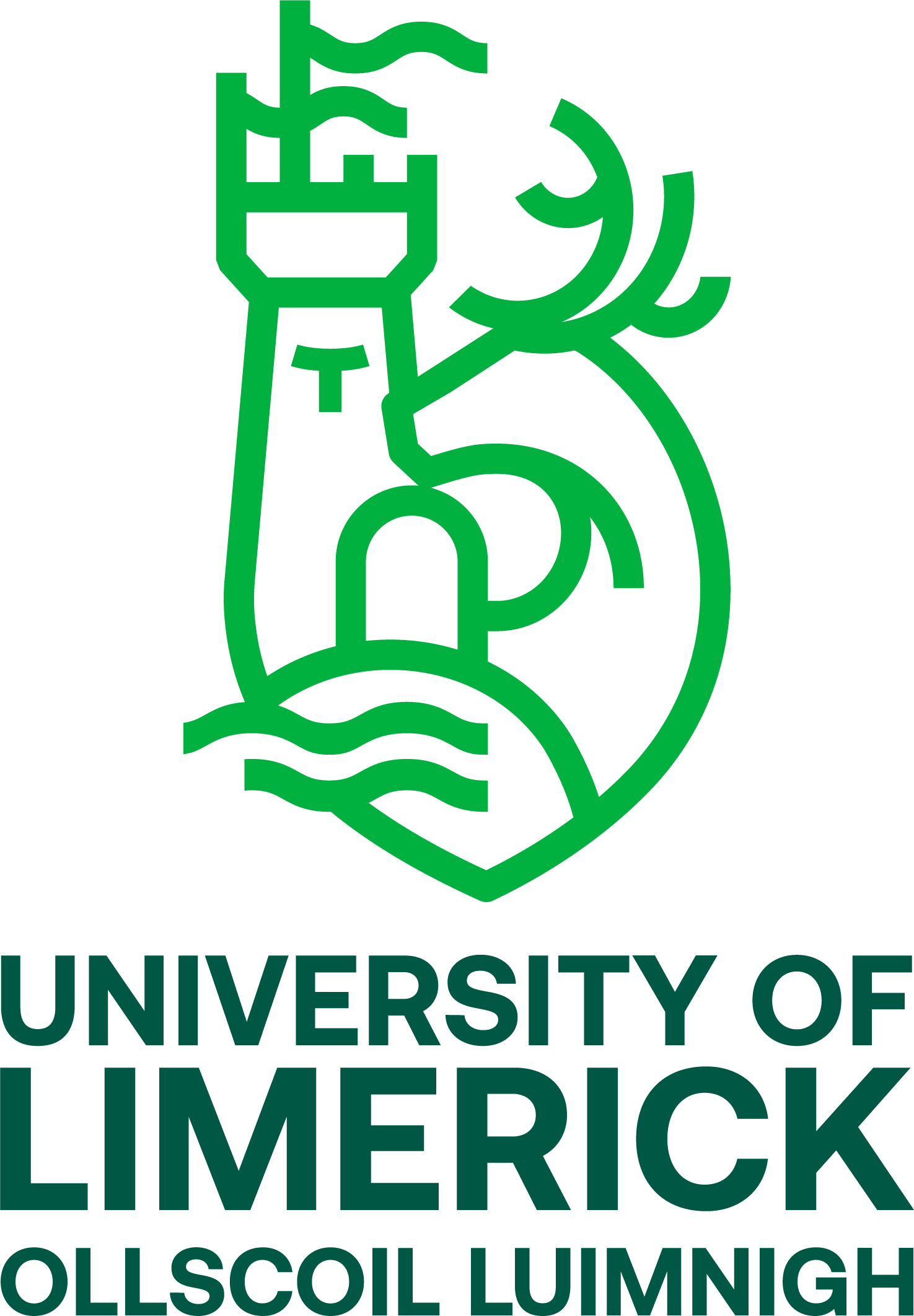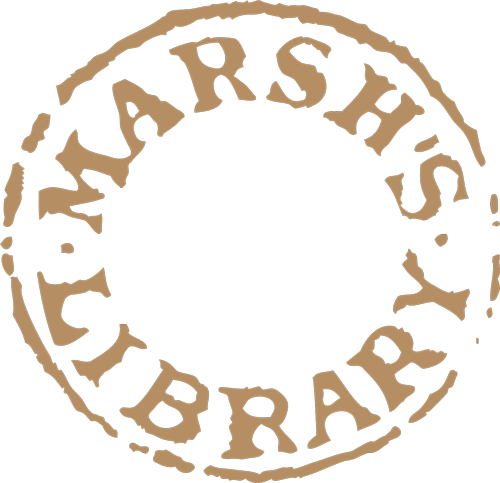Maturin’s Life

As a child, Charles Robert Maturin dreamed of becoming an actor, but financial concerns meant that he followed a more conventional career as a Church of Ireland clergyman.
In 1803 he became curate of Loughrea in Co. Galway. Three years later, he moved back to Dublin to become curate of the wealthy parish of St. Peter’s, with his church in Aungier Street and his residence in nearby York Street.
A flamboyant and eccentric individual, Maturin was often in trouble with the Church authorities. Among their concerns was his publication of popular novels with romantic or supernatural themes.
Maturin was in the habit of reading in Marsh’s Library for several hours every day. This exhibition examines some of the unusual 16th- and 17th-century books and pamphlets that Maturin refers to in his most famous novel, Melmoth the Wanderer.
In a letter to his friend Sir Walter Scott, Maturin wrote: ‘Tales of superstition were always my favourites, I have in fact been always more conversant with the visions of another world, than the realities of this’.
An obituary remarked of him that ‘This eccentric character was undoubtedly a man of genius, though it manifested itself…more in the extravagances of an over-weaning imagination, than in the refinements of a correct taste or the coherency of intellectual power’.



























